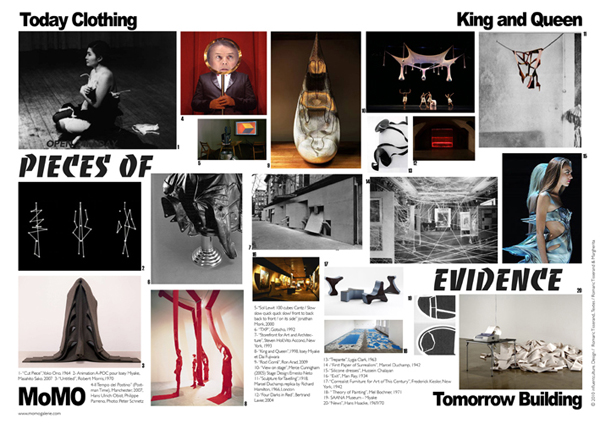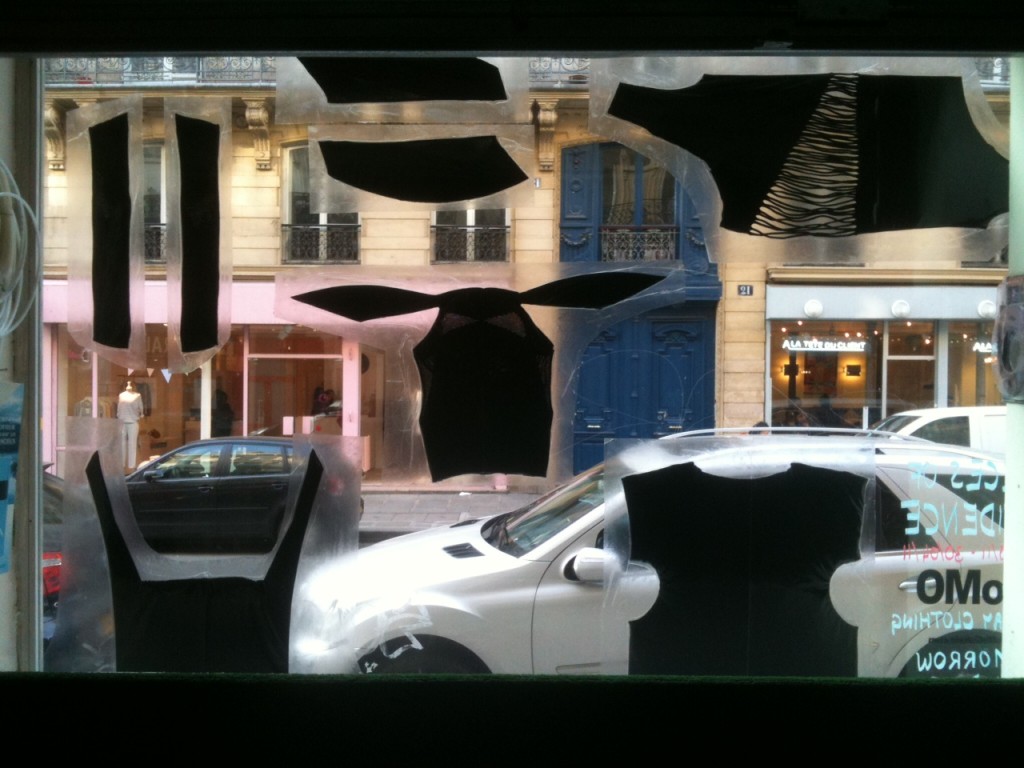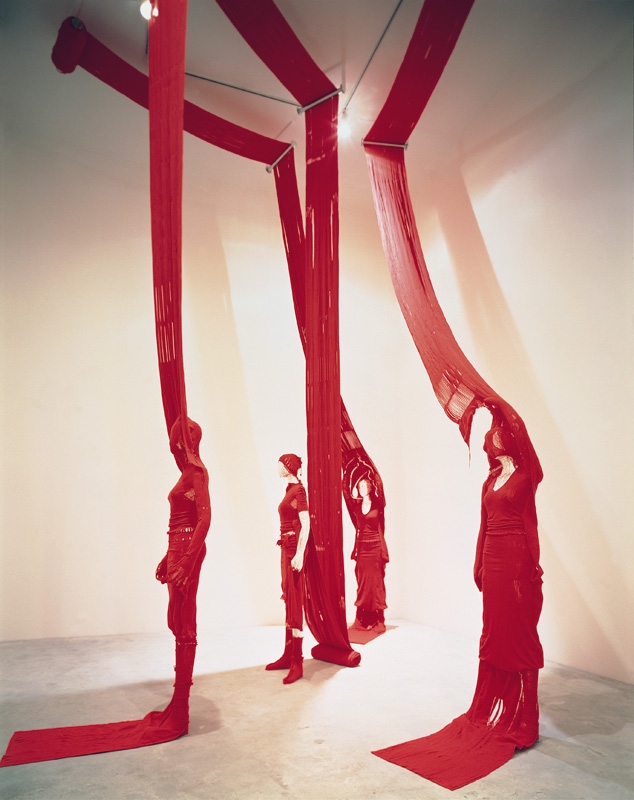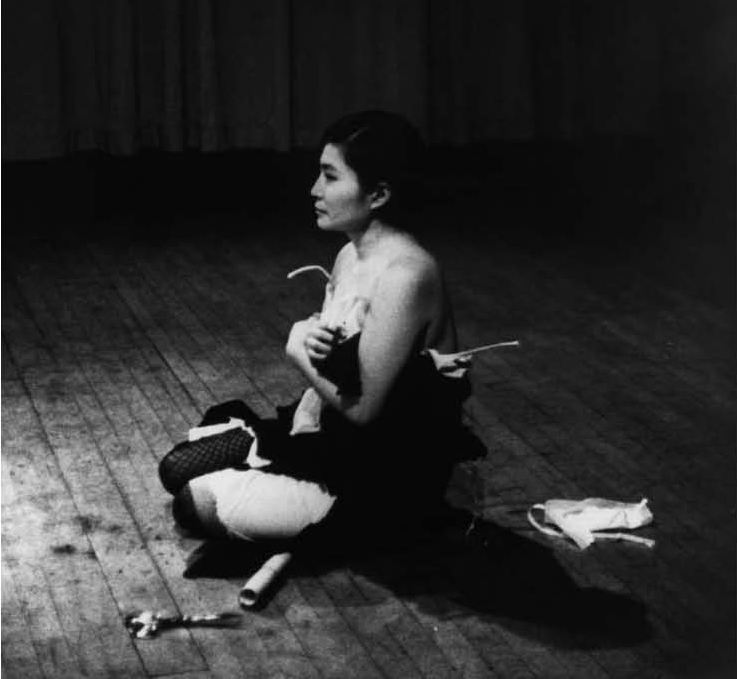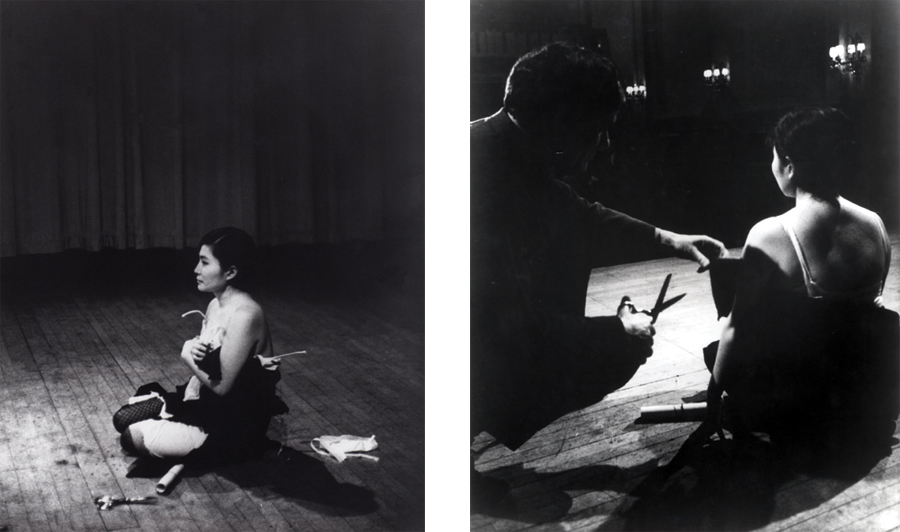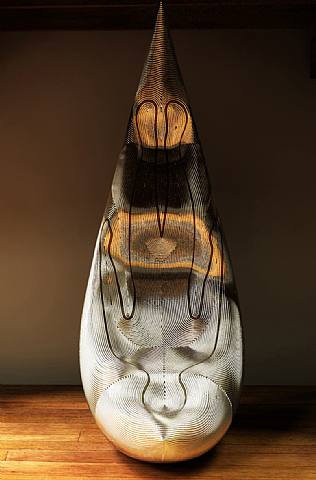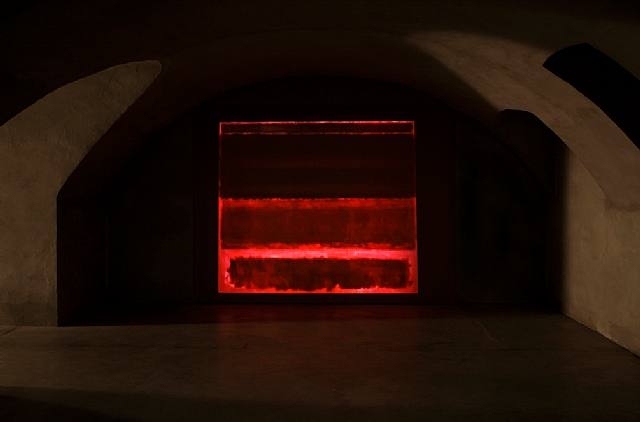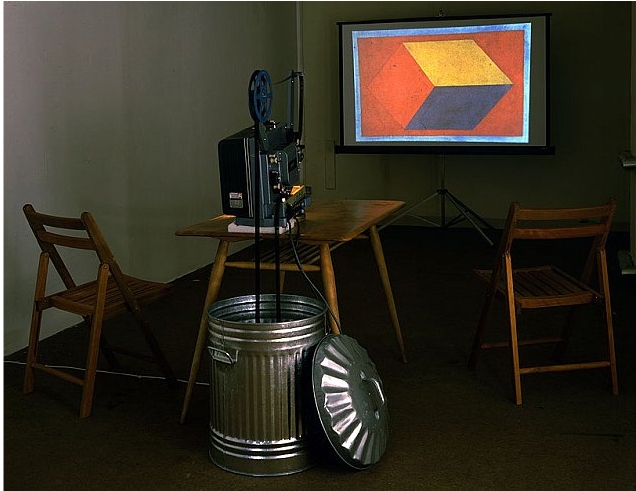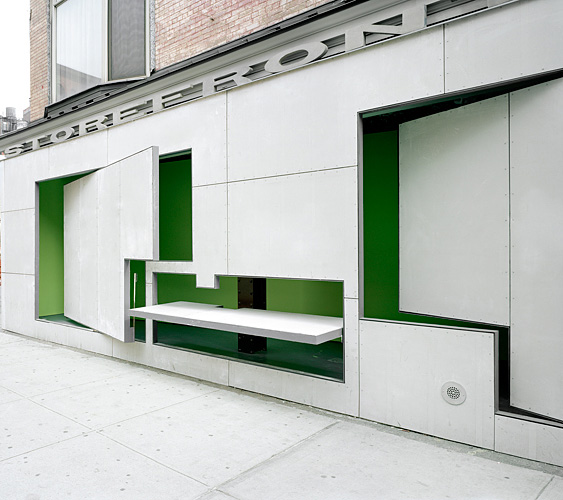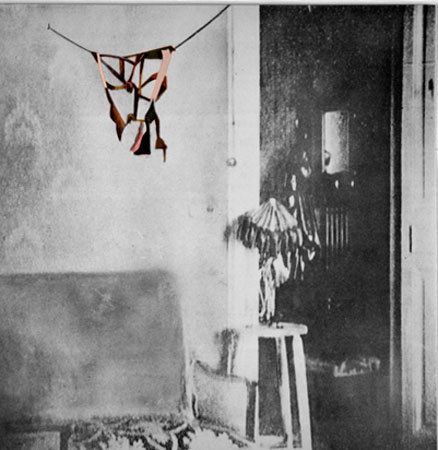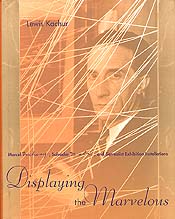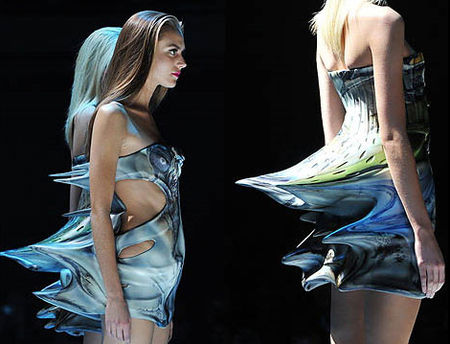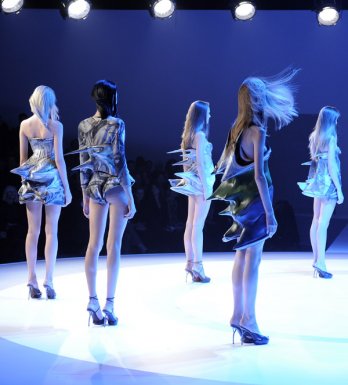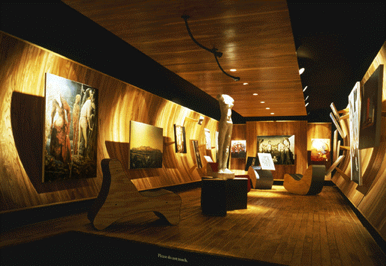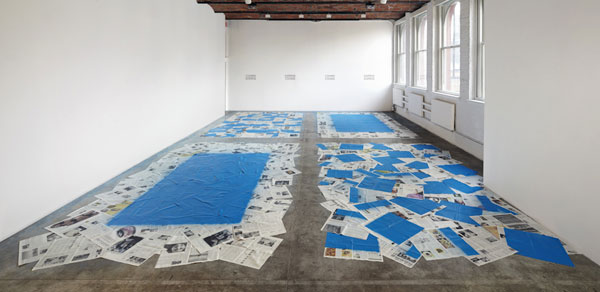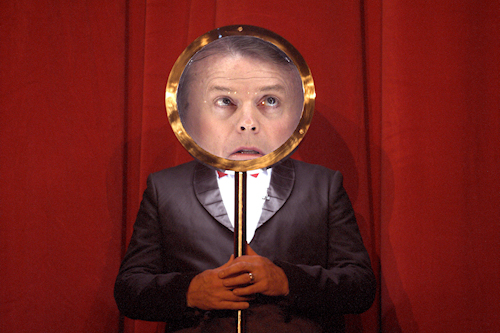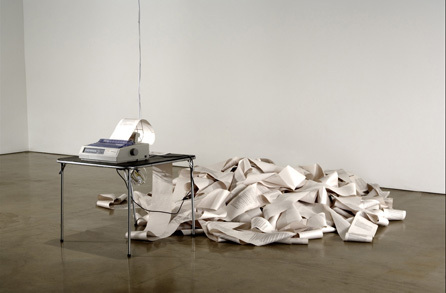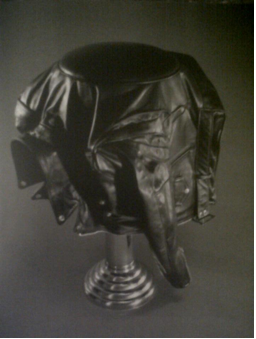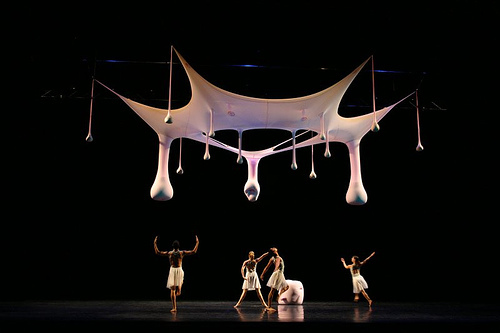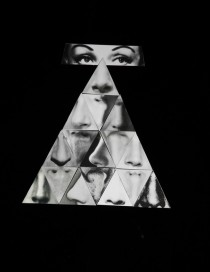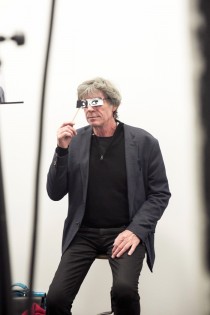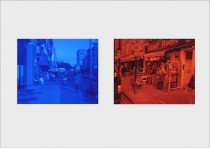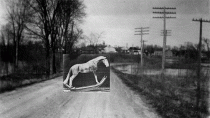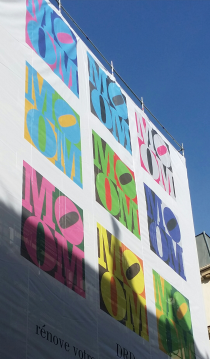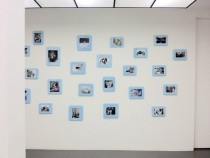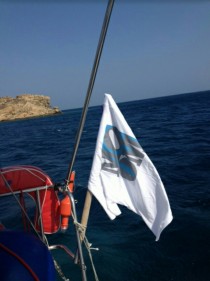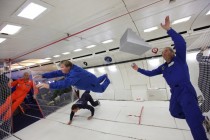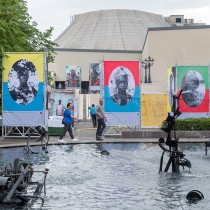EXPOSITION ( Today clothing, Tomorrow buildings ) X MoMO Galerie
|
CO-COMMISSARIAT & SCÉNOGRAPHIE L’EXPOSITION EST UN ESPACE MENTAL
PIECES OF EVIDENCE: Today clothing, Tomorrow buildings est une exposition qui tient le spectateur en équilibre entre oeuvres expérimentales de différentes époques et domaines, en dialogue entre elles, et oeuvres libres de nous révéler leurs paradoxes et leurs multiples destinations. Parmi les artistes, designers, architectes, et créateurs présentés : Jonathan Monk, Steven Holl et Vito Acconci, Ron Arad, Marcel Duchamp, Issey Miyake, Frederick Kiesler, Bertand Lavier, Hussein Chalayan, Mel Bochner, Robert Morris, Yoko Ono. « Today Clothing, Tomorrow Buildings » PIECES OF EVIDENCE 5 mars – 30 avril 2011 NOUVELLE TOPOGRAPHIE DE L’ESPACE D’EXPOSITION La MoMO Galerie est un projet artistique à but non lucratif installé dans la devanture d’un magasin de fourniture électrique, ouverte au regard 24h/24h, à Paris au 26, rue Beaurepaire 75010. Déployant ses projets d’expositions dans la vitrine de cet espace commercial (1,20 m de large par 1,80 m de haut), la galerie souhaite stimuler la pratique du parasitage permanent, renouer avec les interrogations liées à la topographie de l’espace d’exposition traditionnel du white cube et à ce qui peut ou doit être montré au public. Dans cet espace permanent, une pièce unique est montrée dans la vitrine comme une porte d’entrée à l’exposition qui se continuerait dans l’espace numérique de l’espace online dédié. Chaque pièce physiquement présentée dans la vitrine du magasin sera un point de départ dont le propos sera finalisé sur le site de la galerie. find us on facebook PIECES OF EVIDENCE: Today clothing, Tomorrow buildings is an exhibition that holds the public in the balance, in a dialogue between experimental works from different periods and fields, and free works revealing their paradoxes and multiple aims. The artists, designers, architects and creators presented include: Jonathan Monk, Steven Holl and Vito Acconci, Ron Arad, Marcel Duchamp, Issey Miyake, Frederick Kiesler, Bertrand Lavier, Hussein Chalayan, Mel Bochner, Robert Morris and Yoko On « King and Queen » spring / summer 1999, by Issey Miyake and Dai Fujiwara is the departure point for a journey through art, design, performance and fashion, twisting their rules and conventions. “King and Queen », spring / summer 1999 is one of the most emblematic works of the A-POC (« A piece of cloth ») collection, whose revolutionary use of laser cutting reinvented one of fashion’s fundamental laws (the cut), in garments that become sculptures, intimate architectures and three-dimensional forms in a single, two-dimensional object. Pieces of Evidence: today clothing – tomorrow buildings is a tribute to these ventures transcending the bounds of fashion, art and creation and exploring uncharted frontiers. « King and Queen », Spring / Summer1999, Issey Miyake et Dai Fujiwara The garment as an event, as a metaphor between body and space, as a place of exploration, extending beyond the realm of fashion. Or how technology and the progressive fragmentation of a continuously knitted tube can create a family of garments. Video still « Issey Miyake A-POC INSIDE » © 2007 animation by MASAHIKO SATO & EUPHRATES agency | ISSEY MIYAKE Issey Miyake’s work has always been driven by his constant avant-garde quest for creative innovation, notably in Pleats Please and the A-POC (A piece of cloth) collection, garments one can cut oneself along predefined lines. His minimal and sculptural work is timeless. A PERFORMANCE PIECE
CUT YOKO / ZEN YOKO
“Cut Piece”, Yoko Ono, Kyoto, 1964 In this performance, Yoko Ono asks the audience to cut up their clothes with scissors, “piece by piece”. A daring gesture that pitches audience and artist into a close relationship: the artwork exists through its interaction with the public. A kind of gift, in a giving-taking relationship. A PIECE OF FURNITURE « Rod Gomli », Ron Arad, 2009 One of the most significant recent pieces by the architect, designer and sculptor Ron Arad, this experimental work transcends the limits of aesthetics and functionality. The paradox of the joint notion of the seat and comfort seems compromised and, in the balance, our attention is drawn to the sinuous contours. User’s instructions: contemplate. A FELT PIECE “Untitled”, Robert Morris, 1970 In 1967 Robert Morris began working with felt, a material that can be heaped, piled, folded, cut up, suspended and draped in pleasant progressions of forms. With the complicity of gravity, the felt deploys itself freely in space. A work in transition, transformation, evolution, which physically implicates the viewer, between minimalism and post-minimalism, form and “anti-form”. A FILMED PIECE OF ART – PART I
“Four Darks in Red”, Bertrand Lavier, 2004 A 1958 picture by Mark Rothko is projected in a loop on a wall. With this film with no beginning or end, Bertrand Lavier creates a sense of disorientation by altering the viewer’s passivity in front of an artwork removed from its usual context, and extends Rothko’s idea of painting as a surface to be contemplated and into which one can escape. A FILMED PIECE OF ART – PART II
Jonathan Monk, » Sol Lewit, 100 cubes Cantz », 2000 In this reinterpretation of works by another artist, creating new points of encounter and new anecdotes, Jonathan Monk humorously manipulates his artistic references and surprises us with his subtle tributes. ART AND ARCHITECTURE PIECE TOGETHER
“Storefront for Art and Architecture”, Steven Holl, Vito Acconci, New York, 1993 NO WALL, NO BARRIER, NO INSIDE, NO OUTSIDE, NO SPACE, NO BUILDING, NO PLACE, NO SPACE, NO INSTITUTION, NO ART, NO ARCHITECTURE, NO ACCONCI, NO HOLL, NO STOREFRONT. Kyong Park dans Acconci,Holl – Storefront for Art and Architecture – Kunsthaus Bregenz,aka, werkdocumente 17, Hatje Cants A TRAVELLING PIECE Souvenir piece « Sculpture for Travelling », 1918, Marcel Duchamp, replica by Richard Hamilton, 1966, London I liked to travel without. A sculpture for travellers, to be recreated at each stop-over, merely by taking it out of a suitcase. A work that invades new spaces, which transcends the retinal dimension of painting to interact with its user. A wink at the intervention-installation created for the First papers of Surrealism exhibition in New York a few years later, a giant spider’s web that parasited an exhibition of conventional artworks in search of new points of view, in suspense, to be created by viewer. “First Paper of Surrealism”, Marcel Duchamp, 1942 « Displaying the Marvellous » Lewis Kachur, Mit Press
WHAT A PIECE ! What a catwalk!
Garments as experiences between architecture, technology and elegance. Constructions simple yet complex, structured yet fluid. A daring, original work of penetrating charm. “Silicone dresses”, Spring 2008, Hussein Chalayan, Paris A ‘hijacking’ of the classical catwalk show, in which static, frozen model/statues, dressed in their garment/sculptures, exhibit themselves on a revolving podium. A MULTIFUNCTION PIECE
“Correalist Furniture for Art of This Century”, Frederick Kiesler, New York, 1942 Kiesler’s objects are charged with psychological sociological and philosophical components, and put the modern principle that “form follows function” to the test. The interaction of energies, the tension between man and object, lie at the heart of his investigation.
At Peggy Guggenheim’s Art of This Century gallery in New York in 1942, Kiesler turned, turned again, lengthened and placed the same element upright to create an inventory of many other objects ready to support or enable the contemplation of the avant-garde works on display. PIECES OF PAPER
“Theory of Painting”, Mel Bochner, 1971 Bochner’s double rule for a new theory of painting. It seems that no arrangement is left to chance, and no organization is fixed in time and space. A horizontal painting, a kind of minimalist graffiti in search of a new creative process. An ensemble composed of different parts to be assembled following a very precise logic, in four unique configurations. A THEATRE PIECE
« Il Tempo del Postino » (Postman Time), Manchester, 2007, Hans Ulrich Obrist, Philippe Parreno A dialogue between the art and theatre worlds. An exhibition presented “on stage” to an audience comfortably seated in a theatre or opera house. A PIECE OF INFORMATION “News”, Hans Haacke, 1969 Düsseldorf / 1970 New York For the first time, news is exhibited in an art space, printed as it happens and immediately accessible to the public. A radical, groundbreaking gesture that keeps us on our guard and stimulates our critical faculties.
THE PERFECT-O PIECE
“TXP”, Gotscho, 1992 A chair, a skin, a person, each in their place, in a direct, body to body relationship. Evocation, transformation, mise en scène. Gotscho’s works fascinate and reawaken fantasies and memories of objects, bodies and spaces. HOMMAGE « View on stage », Merce Cunnigham (2005) Stage Design: Ernesto Neto A representation of the close collaboration between the choreographer Merce Cunningam and her artist friends. A long story that began in the mid-50s and includes some of the choreographer’s closest colleagues, including Jasper Johns, Marcel Duchamp, Robert Rauschenberg and Andy Warhol. An attempt to build bridges between two worlds with no restrictions, beyond the limits of stage performance and technical and logistical constraints. A tribute to freedom of expression, doing away with conventions. All Museum Pieces Margherita Ratti March 2011 ( traduction David Wharry )
|
